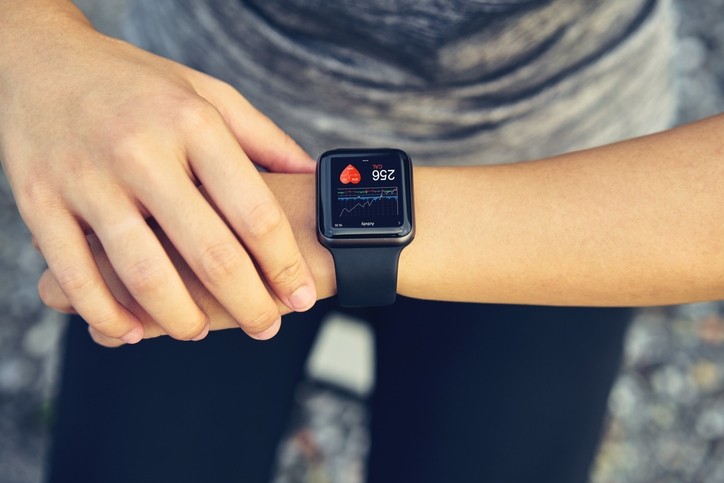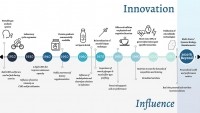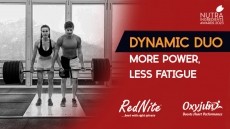Opportunities to integrate tech advances into sport science

Kristin Lundanes Jonvik, Researcher, PhD, Norwegian School of Sport Sciences, will attend the event in Amsterdam next week (October 5-7) to present a mini review paper that she co-authored with sport scientists from around the world.
Speaking to NutraIngredients ahead of her on-stage appearance, she notes that over the last decade, there has been an explosion of sports science technologies, methodologies, and innovations. Yet the acceleration of novel technologies and commercial solutions, especially in the field of biotechnology and software/app development, has far outstripped the scientific communities' ability to validate the effectiveness and utility of the vast majority of these new commercial technologies.
The mini-review therefore was created with the aim to highlight historical and present innovations with particular focus on technological innovations in sports nutrition that are expected to advance the field into the future.
The review notes that despite much progress, excitement and scientific endeavour in the sports nutrition space in the last two decades, the ability to determine the impact of sports nutrition for different groups of athletes (e.g., different sports, ethnic groups, and sex) is still elusive.
Given their symbiotic relationship, the authors propose the evolution of sports nutrition and sports science requires more holistic approaches with input from all major disciplines (e.g., coaching science, environmental physiology, and sports biomechanics), stakeholders, sponsors, and interested industry.
The review adds that in recent years, physiology, nutrition, and technical advances have become increasingly integrated as part of new sport performance innovation strategies, such as with Nike's Breaking2 marathon project. This project aimed to discover if it was possible for an athlete to run a marathon in under two hours - the first dedicated international research initiative made up of multidisciplinary scientists from academia, elite athletes and strategic industry partners across many sport science and medicine domains. A sports nutrition innovation to come from this project was the carbohydrate “hydrogel” development.
Lundanes Jonvik adds that the wearable revolution promises to improve the ability to monitor a whole range of physiological parameters in the field, thereby improving the quality of dietary intake methods and therefore the accurately of athletes' daily energy intake (EI).
"Until now we've done a lot of our measurements of athletes in the lab but these technological developments open an opportunity to create more field studies. On important area where this will be particularly useful is with the monitoring of energy availability (EA) of individual athletes in situ. This approach represents an unprecedented opportunity to mitigate many unresolved issues in the field of sports nutrition such as relative energy deficiency in sport (RED-S)."
Importantly, wearable technology innovations will allow the individual response to a sports nutrition intervention to be determined. For instance, to find the individual recommendation of carbohydrate and fluid during exercise, we need knowledge about the energy demands of the sport, sweat losses, gastrointestinal limits, personal taste preferences and every element of the event. This also presents the opportunity to follow athletes over a longer period of time, without associated human labour or time costs.
The mini review notes: "New research paradigms and technologies could revolutionize sports nutrition research from small landmark studies of the 1960s with mainly the authors as subjects taking muscle biopsies on themselves, to the use of big data and collaboration between large groups of researchers.
"Examples of the latter are studies identifying genes implicated in hand grip strength involving over 195,000 subjects (Willems et al., 2017) or investigating the effects of age, body composition, and sex on total expenditure by the doubly labeled water method in 6,421 participants from 29 countries (Pontzer et al., 2021). The field of sports nutrition has the opportunity to adopt such collaborative practices combined with the application of the new and established technologies."
Lundanes Jonvik will join day one of the three day Sports & Active Nutrition Summit in Amsterdam next week.
There is still time to get your space at the event. For more information and to register, please click HERE.
Source: Frontiers in Sport and Active Living
Jonvik KL, King M, Rollo I, Stellingwerff T and Pitsiladis Y
https://doi.org/10.3389/fspor.2022.852230
"New opportunities to advance the field of sport nutrition"














